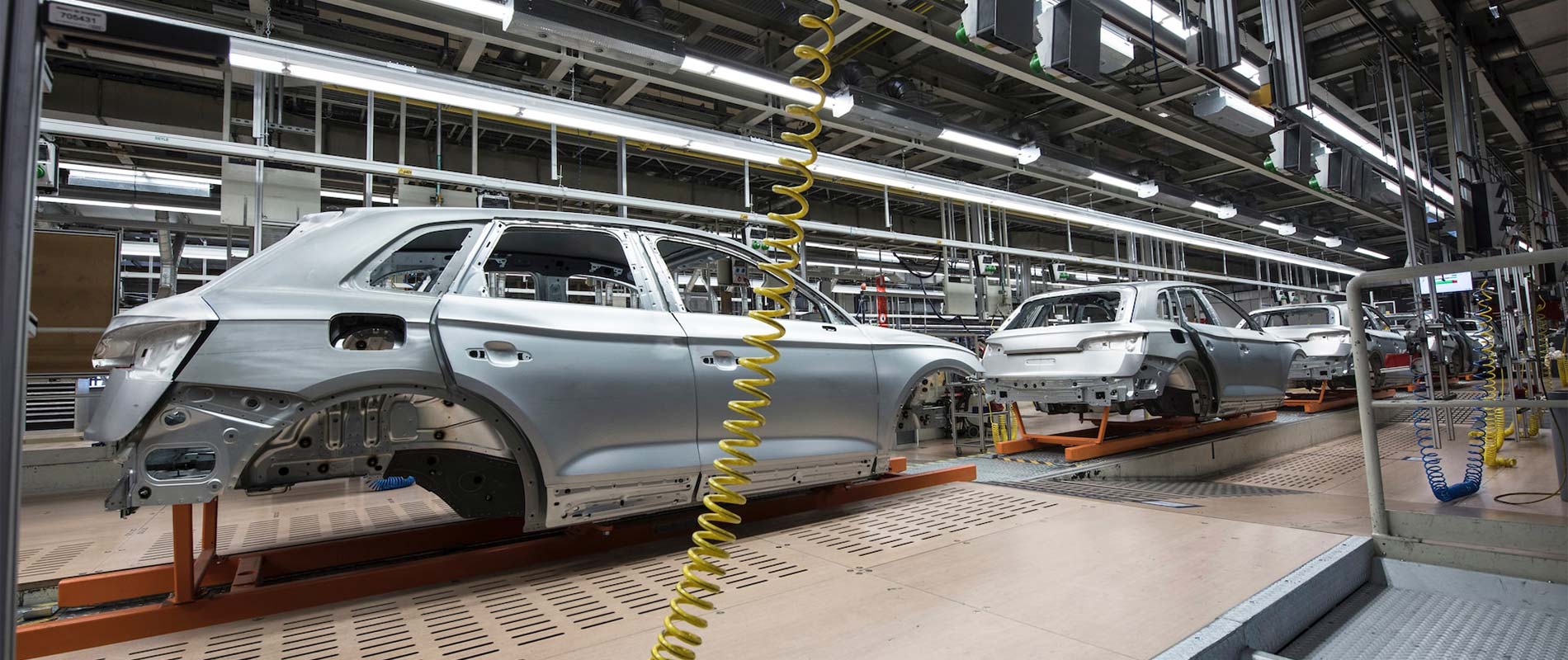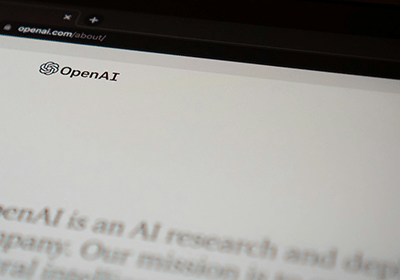
Supercharged Innovation
How Azure HPC is Reshaping the Manufacturing Industry
Manufacturers today are navigating a landscape defined by complexity and urgency. Product cycles are compressing. Designs are becoming more intricate and customized. Sustainability goals are no longer optional—they’re essential. And global competition is relentless. In this environment, the traditional tools of engineering and simulation are hitting their limits.
For many manufacturers, infrastructure bottlenecks, long simulation queues, and underutilized compute clusters are slowing innovation. Engineering teams often spend more time waiting for compute access than actually optimizing their designs. The irony is painful—modern manufacturing demands faster insights and greater agility, but outdated HPC environments are increasingly the bottleneck.
This growing gap between engineering ambition and available computing power has brought high-performance computing (HPC) into the spotlight—not just as a technical solution, but as a strategic imperative.
What is High-Performance Computing—and Why Does It Matter?
High-performance computing refers to the use of advanced, clustered computing systems to solve complex, compute-intensive problems at scale. In manufacturing, HPC enables organizations to run simulations, analyze massive datasets, and model real-world scenarios that would be impractical—or impossible—using traditional methods.
Think of HPC as a digital proving ground. Instead of physically testing dozens of prototypes or manually analyzing mechanical stress across components, manufacturers can simulate these processes virtually and with far greater precision. Whether it’s computational fluid dynamics for aerodynamics, finite element analysis for structural integrity, or multi-physics simulations across heat, motion, and vibration—HPC makes it possible to ask “what if?” dozens of times, with data to back the answers.
Historically, HPC environments have lived on-premises, often in datacenters with purpose-built clusters and significant capital investment. But as workloads grow more complex, and engineering teams more distributed, these static environments have become increasingly difficult to scale and manage.
Why Azure for HPC?
Azure fundamentally changes how organizations approach HPC—not just in terms of compute power, but in flexibility, accessibility, and total cost of ownership.
Rather than relying on fixed, depreciating infrastructure, Azure HPC enables elastic compute that scales up or down based on need. Engineers can provision thousands of cores in minutes, run parallel simulations, and deallocate resources when finished—paying only for what they use. This consumption model offers not only cost efficiency but the freedom to experiment without the fear of hardware constraints.
Just as important is the breadth of Azure’s HPC ecosystem. Azure supports leading industry tools and simulation software, while offering purpose-built VM series—like the HBv4 and ND-series—optimized for high-throughput, memory-intensive workloads. For GPU-based simulations, Azure leverages the latest from AMD and NVIDIA, giving manufacturers a choice of architectures tuned to their performance needs.
The platform’s global reach also solves for a common challenge in manufacturing: collaboration across borders. Azure’s backbone supports distributed teams working from multiple geographies, enabling secure access to centralized HPC environments—without the latency or compliance issues that often plague multi-region operations.
And where HPC meets AI—one of the most important frontiers in manufacturing innovation—Azure’s native integration shines. From generative design and predictive maintenance to AI-trained quality inspection systems, Azure allows engineering and data science teams to converge their efforts in a single, scalable environment.
Breaking Through the Bottleneck: Oakwood’s AMD HPC Innovation Lab
Despite the promise of Azure, many organizations remain hesitant. The questions are familiar: Will it perform better than our current on-premises environment? Can it handle our unique workloads? How does the cost truly compare?
That’s where Oakwood steps in.
In partnership with Microsoft and AMD, Oakwood launched the AMD HPC Innovation Lab—a hands-on environment that lets manufacturers test their real-world workloads on Azure’s HPC infrastructure before making any commitment. It’s a “try-before-you-migrate” model that removes guesswork and allows for data-driven decision-making.
The lab offers access to AMD-powered Azure compute environments configured for performance-intensive simulations. Engineering teams can evaluate everything from computational speed to cost models using their actual workloads. It’s a low-risk, high-impact way to validate what cloud-based HPC could do for their business.
In one recent engagement, a leading global manufacturer reduced simulation runtimes by over 85%—a shift that not only proved the performance advantage of Azure but also unlocked the ability to iterate more quickly, leading to smarter product design and faster time-to-market.
Conclusion: Accelerating the Future of Manufacturing
The demands placed on manufacturers aren’t easing up anytime soon. If anything, the pace of innovation is only accelerating. To compete—and to lead—manufacturers need more than traditional infrastructure. They need a platform that can scale, adapt, and support the complexities of modern engineering.
Azure HPC delivers that platform. It combines the raw power of high-performance compute with the flexibility and reach of the cloud. It’s secure, scalable, and ready for the future. And with Oakwood’s AMD HPC Innovation Lab, manufacturers now have a clear, low-friction path to get started.
Ready to explore what Azure HPC can unlock for your organization? Let’s run your workloads through the lab and find out—no guesswork, just results.
If you’d like more information or would like to learn more about our Azure HPC services, please drop us a note below.



